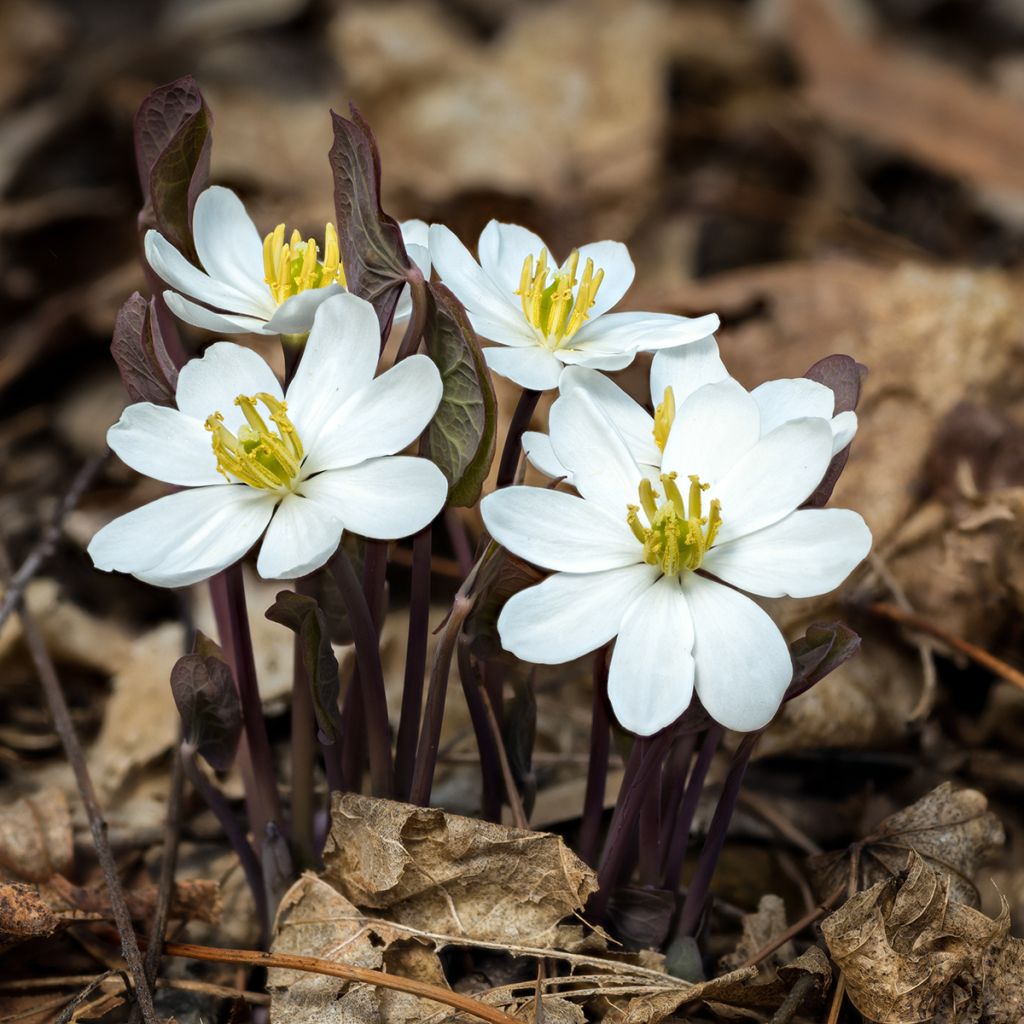

Jeffersonia diphylla
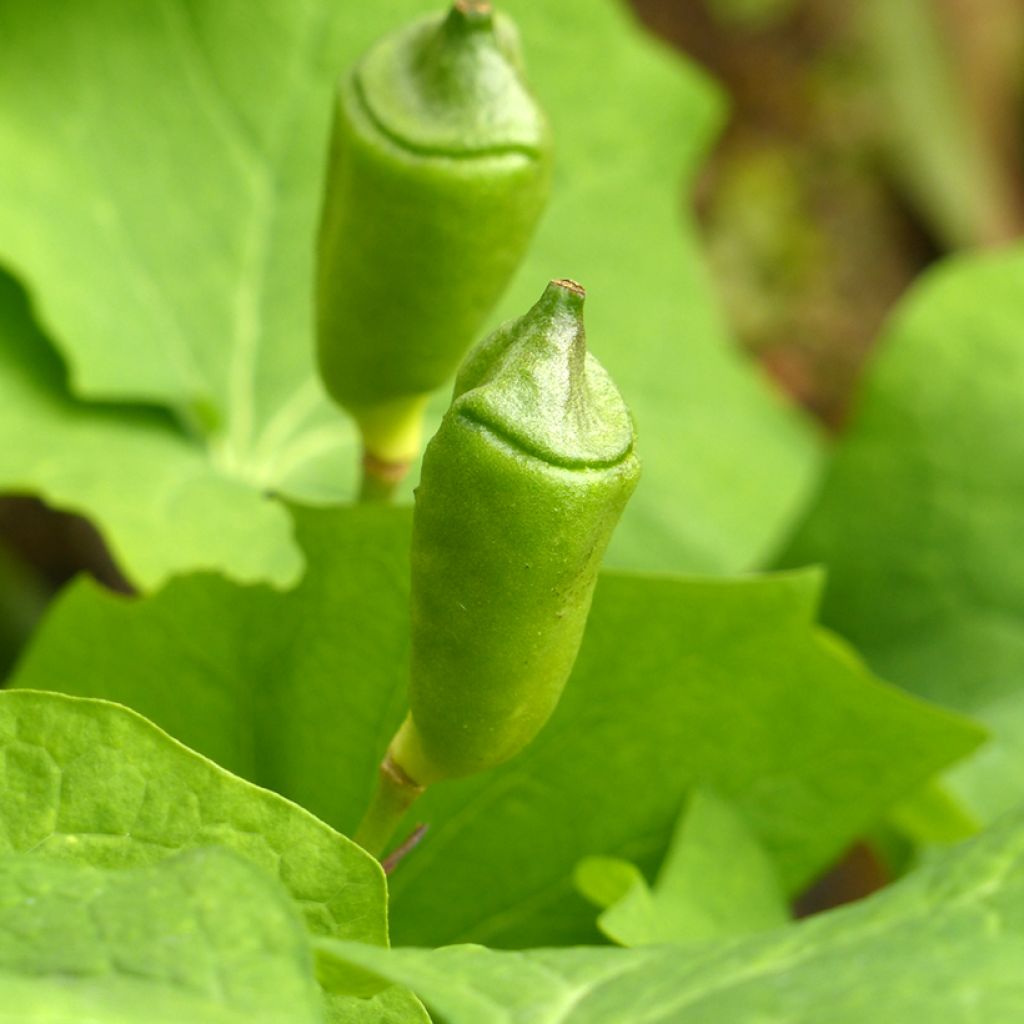

Jeffersonia diphylla
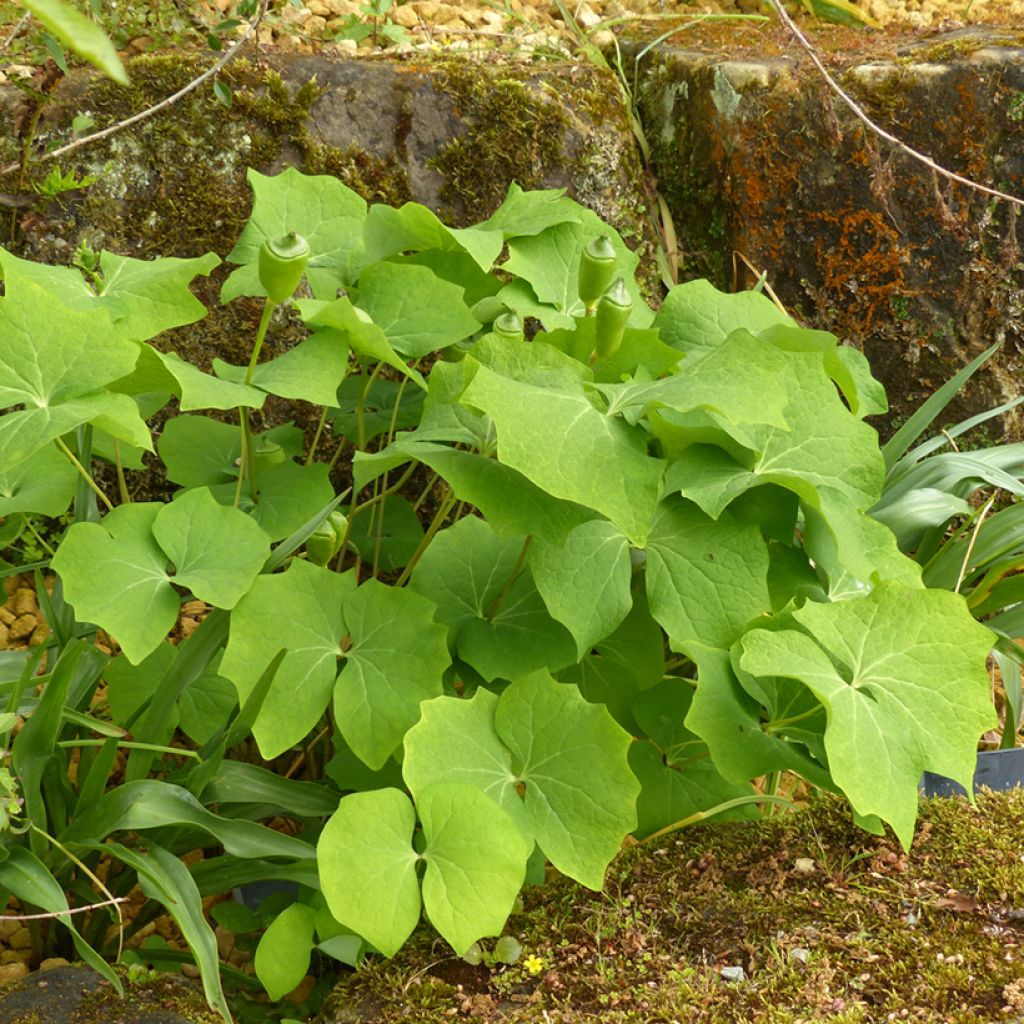

Jeffersonia diphylla
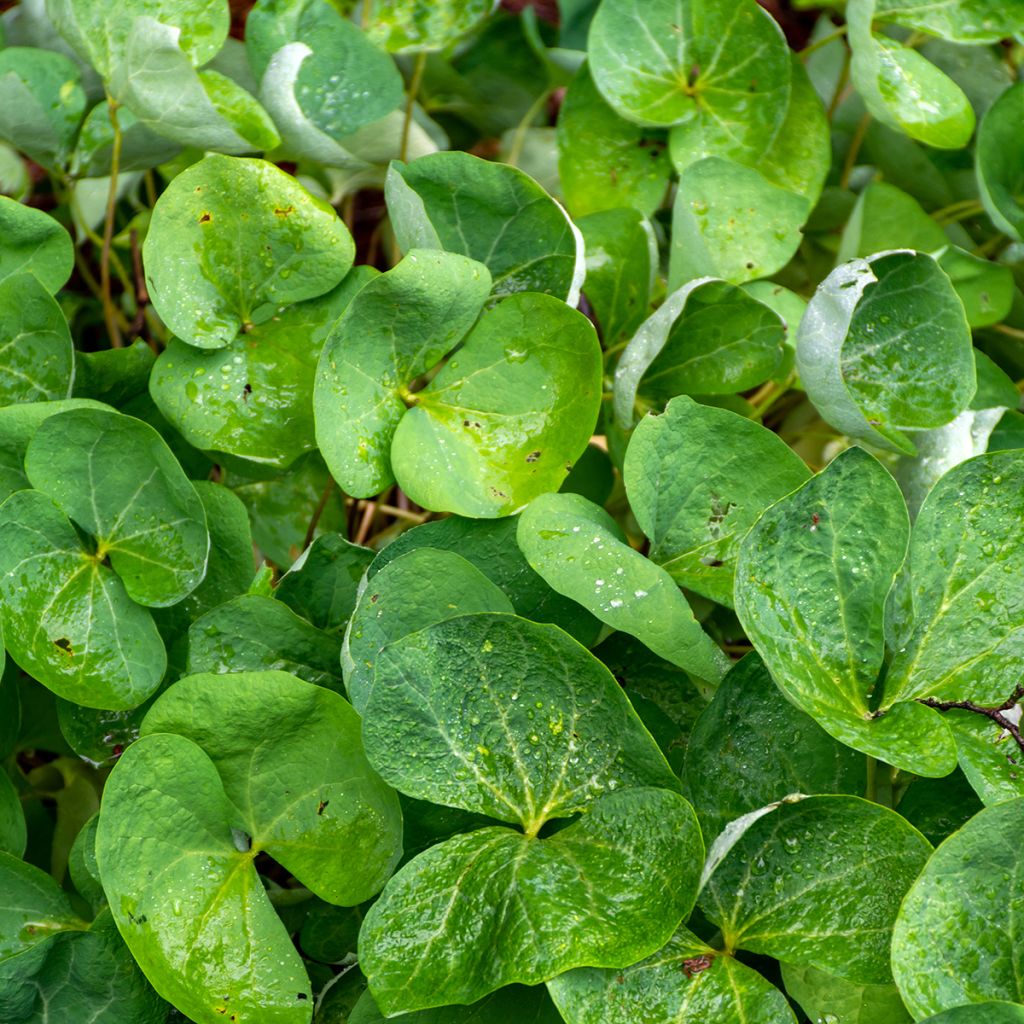

Jeffersonia diphylla
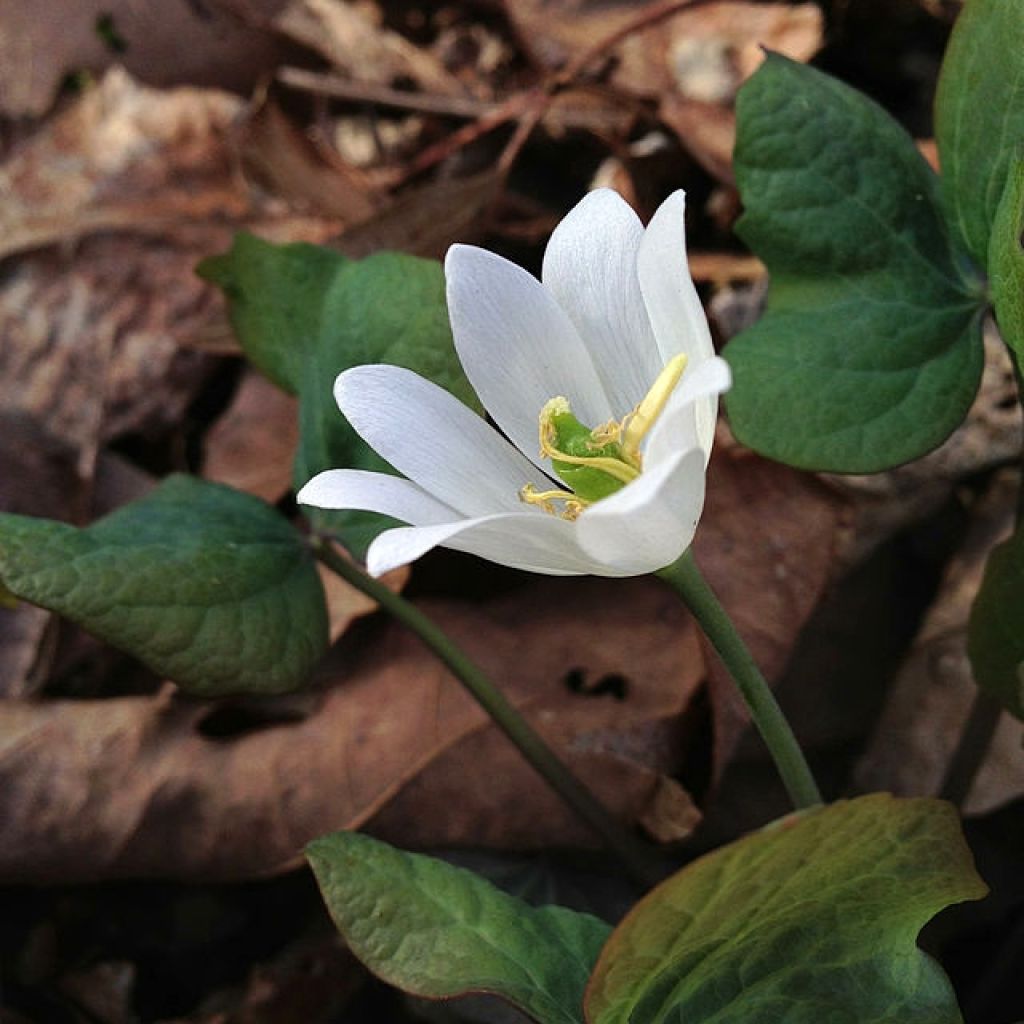

Jeffersonia diphylla
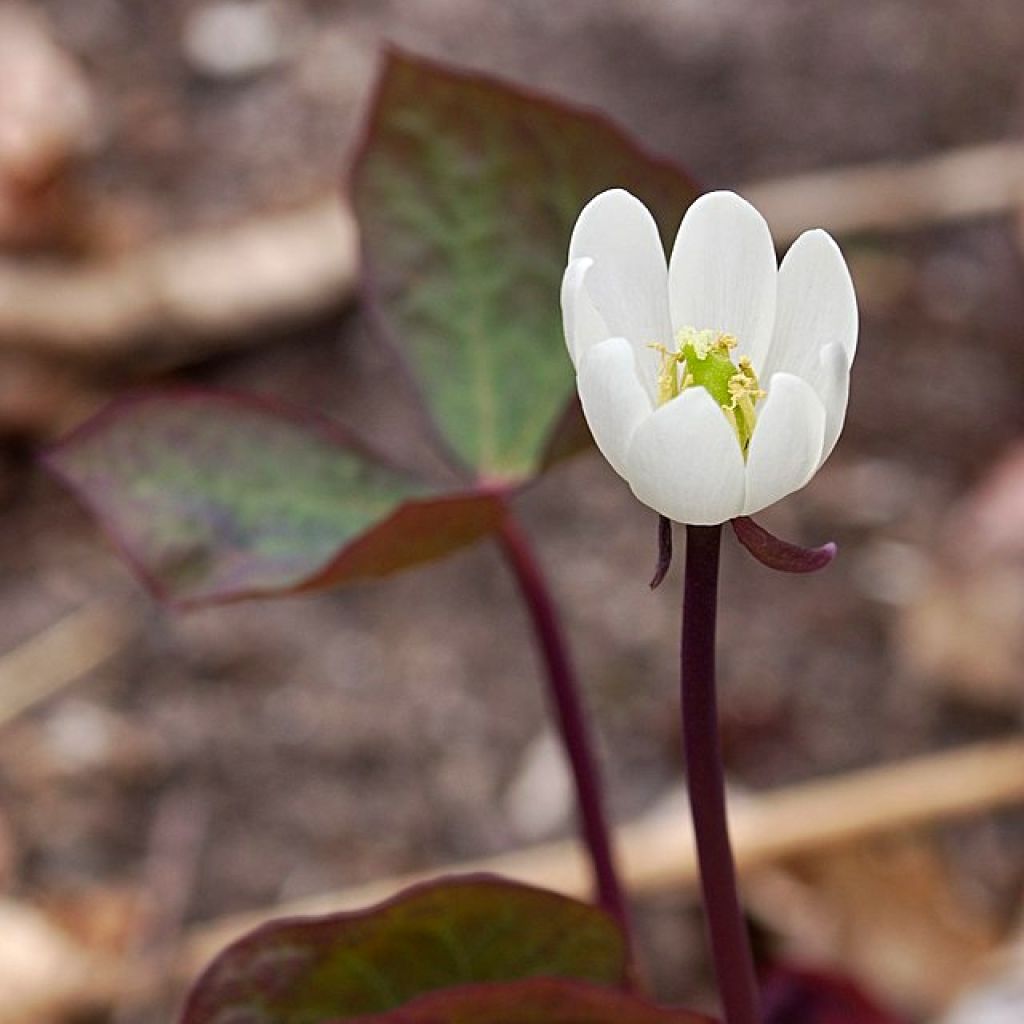

Jeffersonia diphylla
Jeffersonia diphylla
Jeffersonia diphylla
Twinleaf, Rheumatism Root, Blue Twinleaf, Helmet Pod
Planted a small root cutting last summer in a terracotta pot left outside all winter, finally it's poking its head out. Beautiful delicate leaves, I'm waiting for it to bloom.
nanu, 14/03/2024
This plant carries a 12 months recovery warranty
More information
We guarantee the quality of our plants for a full growing cycle, and will replace at our expense any plant that fails to recover under normal climatic and planting conditions.
From €5.90 for pickup delivery and €6.90 for home delivery
Express home delivery from €8.90.

Does this plant fit my garden?
Set up your Plantfit profile →
Description
Jeffersonia diphylla is a small perennial native to cool North American woodlands. This hardy plant it noted for its decorative foliage and early spring flowering. It slowly spreads on the ground, forming a beautiful carpet of bright green leaves divided into two identical leaflets. Its small star-shaped white flowers emerge from the ground in early spring, before the appearance of new leaves. An elegant ground cover to dress the base of deciduous trees and shrubs or partially shaded rockeries, in moist soil.
Jeffersonia diphylla belongs to the Berberidaceae family, the same family as epimediums or fairy wings. It is a deciduous perennial native to the eastern United States, found in an area ranging from Minnesota to New York and south to Tennessee. It is found in deciduous forests, most often in ravines or on moist rocky slopes, in soils with a tendency towards limestone. It is a non-invasive creeping rhizomatous plant, which slowly forms 10cm (4in) tall carpets. The flowering occurs in April, before deciduous trees leaf out. Small flowers emerge from the ground. They are cup-shaped, 2.5cm (1in) in diameter, and composed of 8 pure white petals, surrounding a yellow heart. The foliage emerges directly from the rhizome and soil, usually just after flowering. The young shoots are tinged with bronze and brown. They unfold into leaves divided into two perfectly identical semi-ovate leaflets, arranged symmetrically with respect to the petiole. The curious fruit is a green pear-shaped capsule with a jointed top. The fruits ripen in summer. The plant reaches a height of 45cm (18in) and enters dormancy during this fruiting period. The seeds are dispersed by ants through a process known as myrmecochory.
Jeffersonia diphylla thrives in partially shaded conditions, under deciduous trees, in humus-rich, moisture-retentive soils. This allows it to be used to dress the base of deciduous trees and shrubs. It is hardy to at least -15°C (5°F) and enjoys both sun in spring and shade in summer. This perennial pairs well with fairy wings, liverworts, hellebores, ferns, cyclamen, trilliums, and Japanese anemones.
Report an error about the product description
Jeffersonia diphylla in pictures




Flowering
Foliage
Plant habit
Botanical data
Jeffersonia
diphylla
Berberidaceae
Twinleaf, Rheumatism Root, Blue Twinleaf, Helmet Pod
North America
Planting and care
Jeffersonia diphylla thrives in partial shade or not too dense shade, ideally under deciduous trees, in well-drained, loose soil enriched with compost, which is slightly acidic to limestone. The soil should not be too dry, even in summer. Naturally rocky soils are well tolerated, as are semi-shady rock gardens. Monitor watering during very dry summers, mulch if necessary, and take care to protect the plant from slugs and other snails.
Planting period
Intended location
Care
-
, onOrder confirmed
Reply from on Promesse de fleurs
Haven't found what you were looking for?
Hardiness is the lowest winter temperature a plant can endure without suffering serious damage or even dying. However, hardiness is affected by location (a sheltered area, such as a patio), protection (winter cover) and soil type (hardiness is improved by well-drained soil).

Photo Sharing Terms & Conditions
In order to encourage gardeners to interact and share their experiences, Promesse de fleurs offers various media enabling content to be uploaded onto its Site - in particular via the ‘Photo sharing’ module.
The User agrees to refrain from:
- Posting any content that is illegal, prejudicial, insulting, racist, inciteful to hatred, revisionist, contrary to public decency, that infringes on privacy or on the privacy rights of third parties, in particular the publicity rights of persons and goods, intellectual property rights, or the right to privacy.
- Submitting content on behalf of a third party;
- Impersonate the identity of a third party and/or publish any personal information about a third party;
In general, the User undertakes to refrain from any unethical behaviour.
All Content (in particular text, comments, files, images, photos, videos, creative works, etc.), which may be subject to property or intellectual property rights, image or other private rights, shall remain the property of the User, subject to the limited rights granted by the terms of the licence granted by Promesse de fleurs as stated below. Users are at liberty to publish or not to publish such Content on the Site, notably via the ‘Photo Sharing’ facility, and accept that this Content shall be made public and freely accessible, notably on the Internet.
Users further acknowledge, undertake to have ,and guarantee that they hold all necessary rights and permissions to publish such material on the Site, in particular with regard to the legislation in force pertaining to any privacy, property, intellectual property, image, or contractual rights, or rights of any other nature. By publishing such Content on the Site, Users acknowledge accepting full liability as publishers of the Content within the meaning of the law, and grant Promesse de fleurs, free of charge, an inclusive, worldwide licence for the said Content for the entire duration of its publication, including all reproduction, representation, up/downloading, displaying, performing, transmission, and storage rights.
Users also grant permission for their name to be linked to the Content and accept that this link may not always be made available.
By engaging in posting material, Users consent to their Content becoming automatically accessible on the Internet, in particular on other sites and/or blogs and/or web pages of the Promesse de fleurs site, including in particular social pages and the Promesse de fleurs catalogue.
Users may secure the removal of entrusted content free of charge by issuing a simple request via our contact form.
The flowering period indicated on our website applies to countries and regions located in USDA zone 8 (France, the United Kingdom, Ireland, the Netherlands, etc.)
It will vary according to where you live:
- In zones 9 to 10 (Italy, Spain, Greece, etc.), flowering will occur about 2 to 4 weeks earlier.
- In zones 6 to 7 (Germany, Poland, Slovenia, and lower mountainous regions), flowering will be delayed by 2 to 3 weeks.
- In zone 5 (Central Europe, Scandinavia), blooming will be delayed by 3 to 5 weeks.
In temperate climates, pruning of spring-flowering shrubs (forsythia, spireas, etc.) should be done just after flowering.
Pruning of summer-flowering shrubs (Indian Lilac, Perovskia, etc.) can be done in winter or spring.
In cold regions as well as with frost-sensitive plants, avoid pruning too early when severe frosts may still occur.
The planting period indicated on our website applies to countries and regions located in USDA zone 8 (France, United Kingdom, Ireland, Netherlands).
It will vary according to where you live:
- In Mediterranean zones (Marseille, Madrid, Milan, etc.), autumn and winter are the best planting periods.
- In continental zones (Strasbourg, Munich, Vienna, etc.), delay planting by 2 to 3 weeks in spring and bring it forward by 2 to 4 weeks in autumn.
- In mountainous regions (the Alps, Pyrenees, Carpathians, etc.), it is best to plant in late spring (May-June) or late summer (August-September).
The harvesting period indicated on our website applies to countries and regions in USDA zone 8 (France, England, Ireland, the Netherlands).
In colder areas (Scandinavia, Poland, Austria...) fruit and vegetable harvests are likely to be delayed by 3-4 weeks.
In warmer areas (Italy, Spain, Greece, etc.), harvesting will probably take place earlier, depending on weather conditions.
The sowing periods indicated on our website apply to countries and regions within USDA Zone 8 (France, UK, Ireland, Netherlands).
In colder areas (Scandinavia, Poland, Austria...), delay any outdoor sowing by 3-4 weeks, or sow under glass.
In warmer climes (Italy, Spain, Greece, etc.), bring outdoor sowing forward by a few weeks.



































